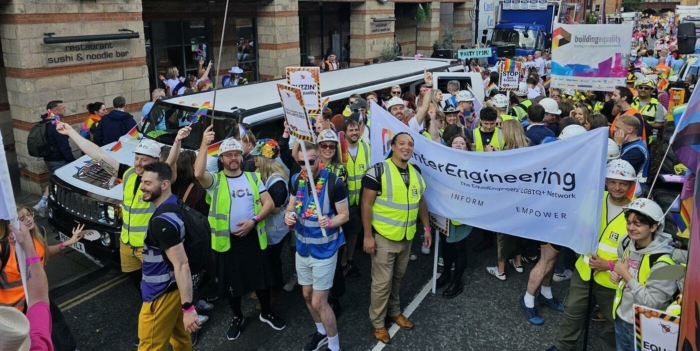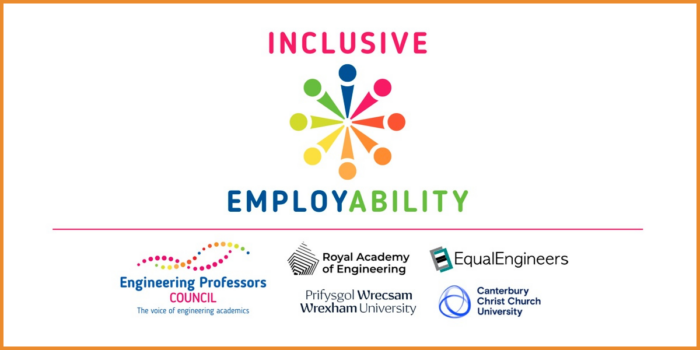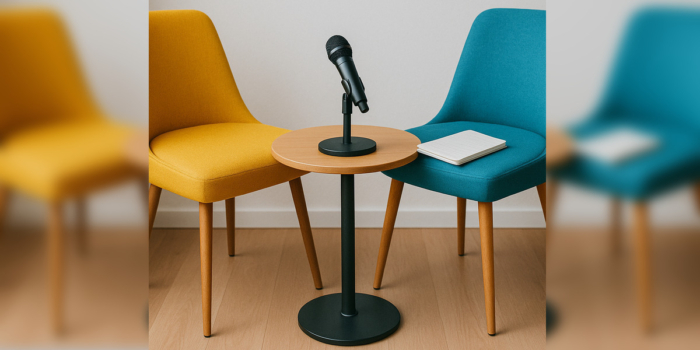This article originally appeared as a blog for Pearson UK’s schools blog.
If you imagine an engineer – or, better still, do a Google image search – virtually every picture features a hard hat, overalls, hi-vis and men. Almost exclusively men.
Do the same with designers, and there are sewing machines, fabrics, colour swatches and women.
The gender stereotyping of these two professions is astonishing, especially when you consider that a lot of what many engineers do is basically design and a lot of what designers do is basically engineering.
From hard hats to colour swatches, these images are caricatures – visual exaggerations to identify roles – but through these caricatures we get a glimpse of how the reality of work in these fields becomes distorted. Most engineers and designers – like most other office workers – spend much of their time in front of a computer or in meetings. But images like that look boring and don’t distinguish an engineer from an accountant or a marketing executive.
The effect though is to create an impression of engineering as something involving engines, grease, heavy machines and building sites. Some engineering might involve those, but mostly, it’s more likely to involve laptops and creative brainstorms. To be fair, the caricatures don’t create the impression, they reflect commonly held misapprehensions. They perpetuate and amplify them.
Sadly, however, the gender imbalance in engineering is not a significant misrepresentation. Women make up less than one in seven working engineers (16.5%). The caricature makes that situation worse, inaccurately presenting engineering as a grimy, testosterone-fuelled occupation. As the adage goes, you can’t be what you can’t see. Without a mental picture of how they might fit in to the world of engineering, young women will always be encouraged to see it as not for them.
It’s bad enough that this puts obstacles in the way for half the population to enter one of the most respected and rewarding professions. But it also makes it impossible for the UK to plug the skills gap in engineering: more than 70% of engineering employers report skills shortages and at least an additional 37,000 engineering graduates are needed each year to meet the shortfall, not to mention at lower levels. Engineers make up one fifth of the workforce, so this is a major problem for the entire economy and undermines the Government’s ambitions to be an innovation superpower.
The UK’s gender imbalance in engineering is among the worst in Europe. In Latvia, Cyprus Bulgaria, the proportion of women is over 30%. In Sweden, it is 26%, in Italy it is 20% and the EU average is 17.6%. In Malaysia and Oman, women make up 50% of the engineering workforce.
It’s not merely overall numbers that are the problem. It’s who these engineers are. At the heart of engineering is problem-solving and, if your engineers don’t represent the whole population, they’re unlikely to recognise the problems of the whole population or come up with the solutions we all need. This has practical implications. For example, it was a male engineering team that designed a visually bold Perspex footbridge project for commuters. But women engineers might have pointed out before the money was wasted, that the views from underneath would be an unacceptable invasion of privacy.
It is not just the underrepresentation of women in engineering that is a problem. We’re also missing a proportional perspective of those from Black heritage backgrounds and from people with disabilities, among others.
Meanwhile those attracted by a career in design are more diverse, including especially those same people who’re least likely to go into engineering. However, the skills that people need to develop – particularly in school – for either engineering or design are not that different. Of course, engineering requires some aptitude for maths and an understanding of physics, but creativity and teamwork are also critical. Design, on the other hand, is often seen as all about the creativity, but, without maths and an understanding of materials and their properties, designs just won’t work in practice.
Society faces many challenges – economic, social, environmental – and we need problem-solvers to design solutions and engineer them into reality. Those problem-solvers need to reflect wider society not just because it’s fairer to give everyone a chance, but because the solutions we’ll reach will be better. And if design and engineering are essentially related parts of the task of problem-solving and yet one seems more attractive to certain groups than the other, perhaps we need to bring those parts together?
What does this look like in practice? Our school curriculum – in art, design and technology, even in physics and maths – needs to embrace broader ways of thinking and engineering needs to be presented to pupils as a potential pathway from design courses as much as from maths and physics. Project work can be interdisciplinary, spanning different curricula, making maths more engaging for those pupils who find it too abstract and making creative arts more relevant to a wider range of workplace applications.
For engineering to focus on meeting future challenges, we will continue to need the traditional engineering scientists, but we will also need to expand our legions of design engineers to show that – at its core – engineering is essentially an exercise in human creativity, using ingenuity to make the planet better for humans and for the nature with which we share it.




